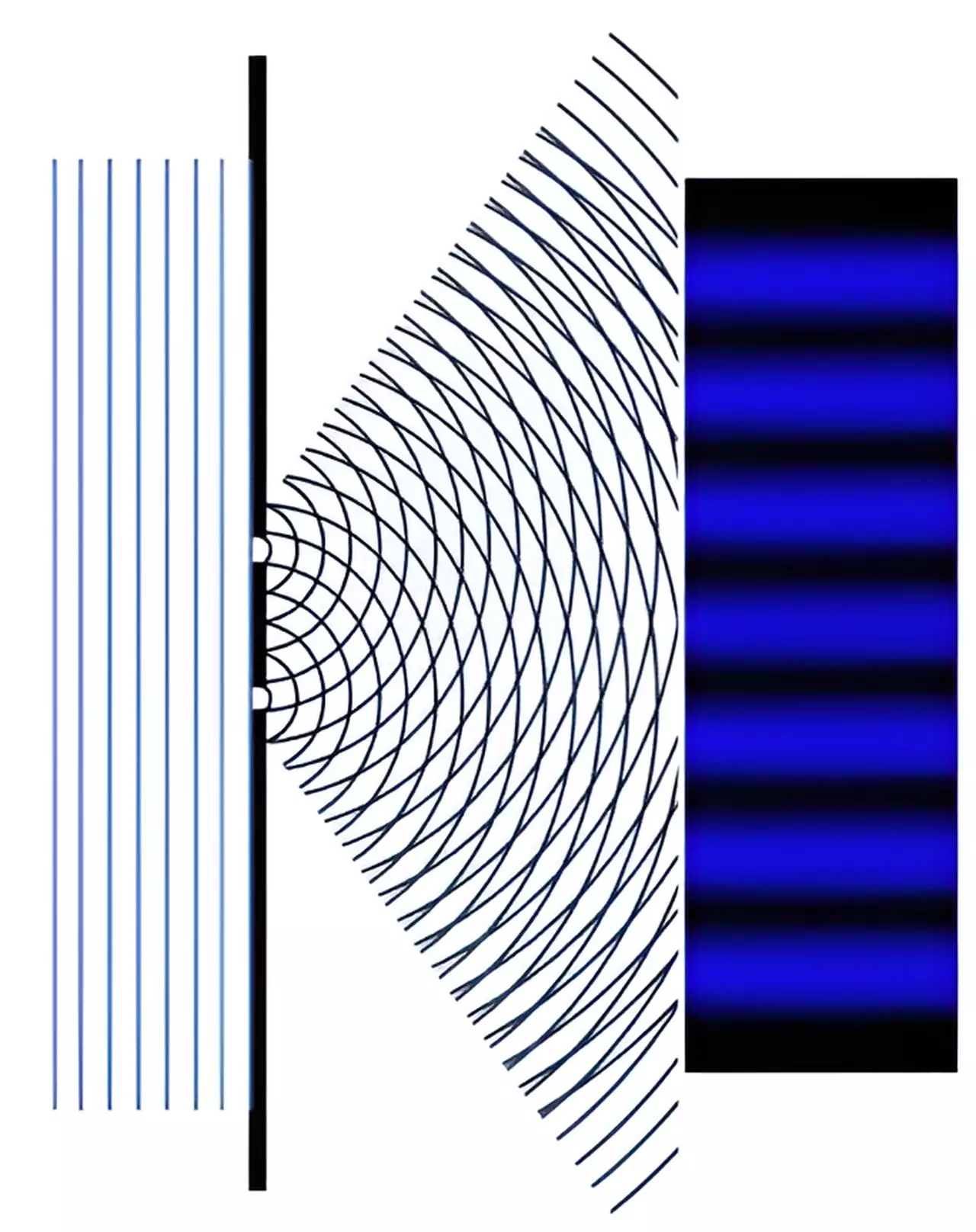The notion of topological quantum computers has captivated the imagination of physicists and technologists alike, presenting a potential leap forward in computational stability and power. Unlike traditional computers that rely on binary bits, the enigma of quantum computing revolves around qubits—units of quantum information that can exist in multiple states simultaneously. The true promise of topological quantum computers lies in their capacity to utilize unique qubit structures that are inherently more resistant to errors than their conventional counterparts. However, despite these promising theoretical foundations, the quest for realizing topological qubits remains firmly in the realm of scientific research, as no practical implementations have yet emerged.
Recent advancements in quantum physics have unveiled an astonishing behavior within electronic particles, introducing the concept of “split-electrons.” Traditionally, electrons are perceived as fundamental particles, indivisible and indisputable in their role within matter. However, new research has illuminated a peculiar feature of quantum mechanics that allows for the emergence of quasi-particles that operate as if they were half of an electron. This revelation poses profound implications for the design of topological qubits, marking a significant step toward advancing quantum computation.
The groundbreaking research was spearheaded by Professor Andrew Mitchell from University College Dublin and Dr. Sudeshna Sen from the Indian Institute of Technology in Dhanbad. Their work delves into the nano-scale properties of electronic circuits, where quantum interference creates unique states that can resemble split-electron dynamics. As electronic components shrink to nanometer-scale sizes, quantum mechanics begins to govern behavior that seems counterintuitive to our classical understanding of physics.
In the realm of nanoelectronics, the phenomenon of quantum interference plays a crucial role. As electrons traverse minuscule pathways, they can exhibit behaviors traditionally associated with wave dynamics, including the ability to create patterns of constructive and destructive interference. This intricate dance of particles seems to defy the conventional understanding of electron movement and, as noted by Dr. Sen, necessitates a reevaluation of our intuitive grasp of physical processes at this scale.
Professor Mitchell elaborates by illustrating how electrons can engage in destructive interference—effectively blocking current in a circuit—as they navigate through different paths. When electrons are packed closely enough, their mutual repulsion alters the quantum interference landscape, prompting a collective behavior that can be interpreted as an electron being divided. This leads to the formulation of what physicists refer to as Majorana fermions, a type of particle posited as essential for the emerging field of topological quantum computing.
The theoretical groundwork laid by mathematicians back in 1937 has led to an ongoing pursuit of Majorana fermions, with scientists theorizing that these particles are critical to the realization of topological qubits. As articulated by Professor Mitchell, the recent discovery hints at a novel method to generate Majoranas through engineered nanoelectronic circuits, utilizing the unique properties of quantum interference.
The process mimics the famous double-slit experiment, which serves as a fundamental demonstration of quantum behavior, highlighting the wave-particle duality of electrons. In this experiment, individual electrons pass through slits that lead to complex interference patterns, underscoring how quantum particles can exhibit characteristics of both waves and particles. This same principle can be applied in the context of advanced nanoelectronic designs, enabling researchers to explore new boundaries of electron behavior and the potential emergence of Majorana particles.
The implications of these findings are vast and multidimensional. If researchers can reliably create and manipulate Majorana fermions, it would not only accelerate the development of topological quantum computers but also push the boundaries of quantum technologies into uncharted territories. Such advancements might lead to quantum systems that are not only faster than classical computers but also inherently more stable against environmental disturbances that typically degrade quantum coherence.
As the scientific community pushes forward in this intricate domain, one thing is clear: topological quantum computing stands at a promising threshold, fueled by innovative ideas and groundbreaking experiments. The continued exploration of split-electrons and Majorana fermions opens new avenues for harnessing the power of quantum mechanics, potentially transforming the landscape of computing and technology as we know it.


Leave a Reply